Etienne Dupérac had been living in Rome for more than fifteen years when his series I vestigi dell'antichità di Roma was published in 1575 in the form of a collection of 39 plates, each presenting the main ancient Roman monuments. Placed in their urban or natural context, these remains are inhabited by picturesque figures which give the scale of the monuments and invite you to take a poetic stroll through the Caput mundi. Because this set was designed as a true guide for travelers, each print being accompanied by numbers and a corresponding legend offering a reasoned commentary in Italian. The succession of the plates then followed a coherent order, linked to the routes of communication, and should allow the reader to carry out visits by thematic days. In this respect, the publication of these engravings in 1575, the year of a great jubilee which was to attract hundreds of thousands of faithful to the Eternal City, undoubtedly constituted a deliberate commercial choice.
Thus our series includes plate no. 7 with the three columns of the Temple of the Dioscuri sitting at the foot of the Palatine Hill, a sanctuary formerly dedicated to the martial cult of Castor and Pollux. The second plate n°33 takes us towards the medieval heart of Rome with a view of Trajan's Column flanked by modest residences. At that time, the triumphal column was not yet topped with the bronze statue of Saint Peter. Furthermore, the church of Santa Maria di Loretto that we see in the background was not quite completed, its lantern still being built in Dupérac's time. Finally, it is to the island of Tiberina that board n°39 invites us. Its location in the middle of the Tiber allows the river to be crossed thanks to the ancient Fabricius and Cestius bridges. In the middle of the island stands the Basilica of San Bartolomeo all'Isola in a very degraded state, before it was restored in the 17th century.
Dimensions: 21 x 38 cm each plate
Biography: Etienne Dupérac (Bordeaux, c. 1525 – Paris, 1601) settled in Rome in 1550 and quickly became a designer and engraver recognized for his talents as a topographer, as evidenced by his Urbis Roma sciografica from 1574, a true plan of Rome in isometric view on which the artist highlights the most remarkable monuments in detail. A few years after Michelangelo's death, he contributed to the memory of Il Divino by engraving several of his unfinished projects. However, his greatest success remained his series of Vestigi which had a total of ten editions until 1773. The original matrix engraved by Dupérac was profoundly modified and reprinted by the Sadeler brothers in Prague in 1606, then again in Rome in 1660. Popular with humanists thanks to his publishing successes, Dupérac was also popular with the greatest figures of his time. Thus he participated in the decoration of the loggia of Pius IV at the Vatican before being appointed painter to the King by Henri IV. On behalf of the first Bourbon, he executed frescoes for the Baths of Fontainebleau and undoubtedly designed the garden of this castle using the knowledge he had accumulated in Rome in terms of landscape architecture.
Bibliography:
- LURIN, Emmanuel, “Landscapes, documents or vedute? The engraved views of Étienne Dupérac and their functions in Rome in the 16th century”, Studiolo. Revue d'histoire de l'art de l'Académie de France à Rome, n° 11, 2014 (published in 2015), p. 92-119.
- LURIN, Emmanuel. “What did we see of Rome in the 16th century? The perception of the City through the engraved views and the travel journal of Michel de Montaigne", The shape of the city from Antiquity to the Renaissance, Presses Universitaires de Rennes, 2015, pp. 423-443.






























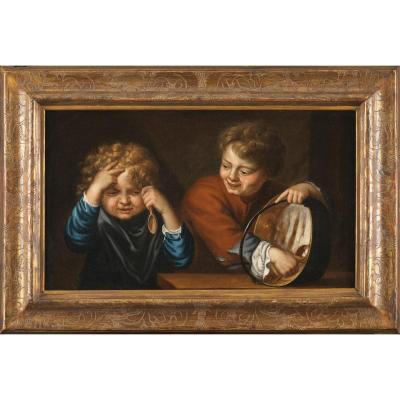
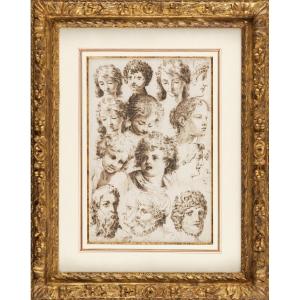


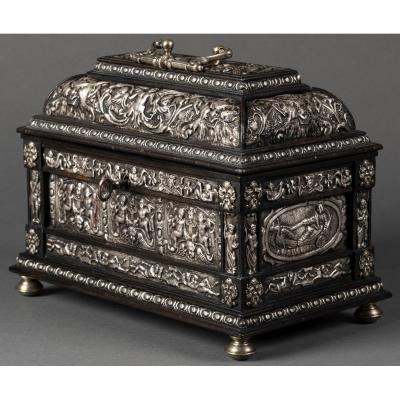


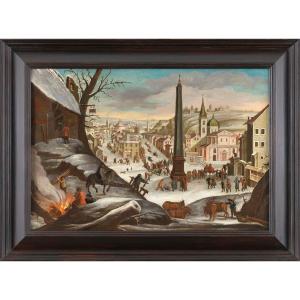
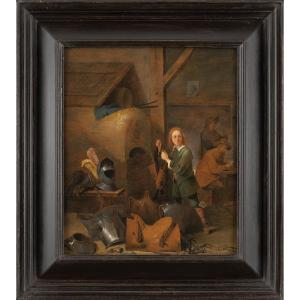
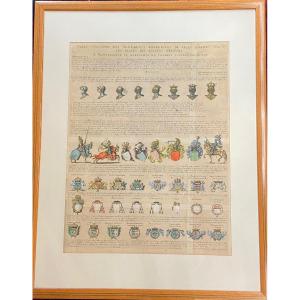
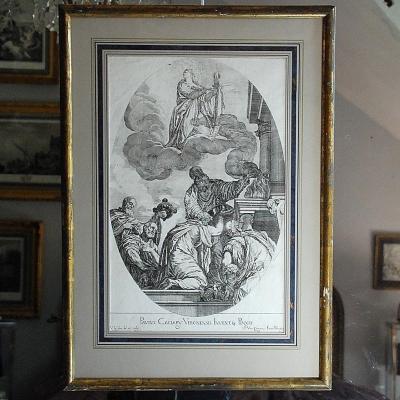
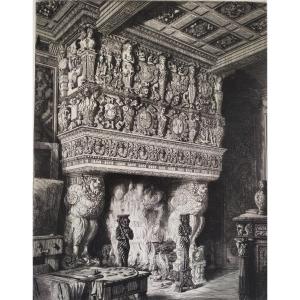
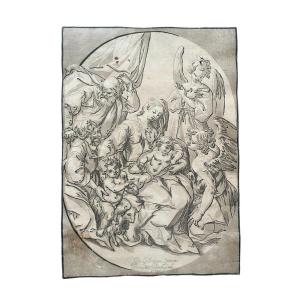




 Le Magazine de PROANTIC
Le Magazine de PROANTIC TRÉSORS Magazine
TRÉSORS Magazine Rivista Artiquariato
Rivista Artiquariato